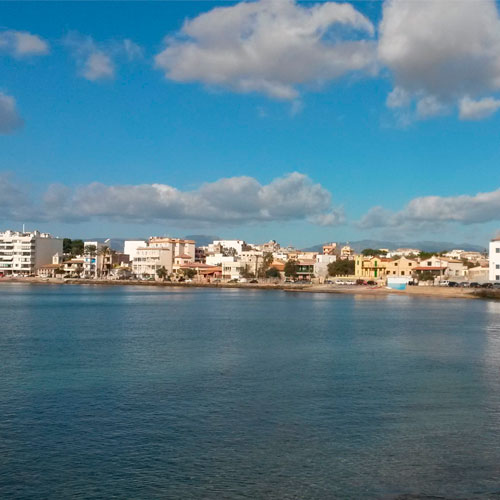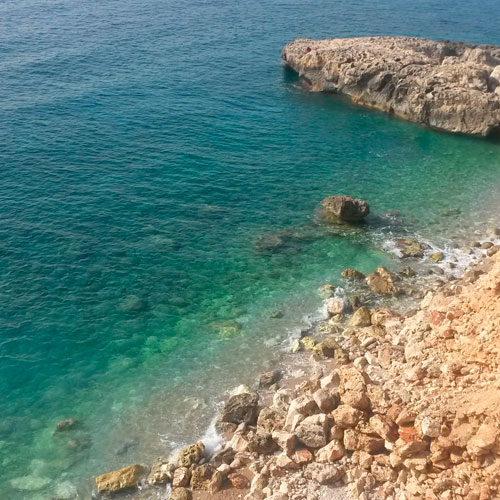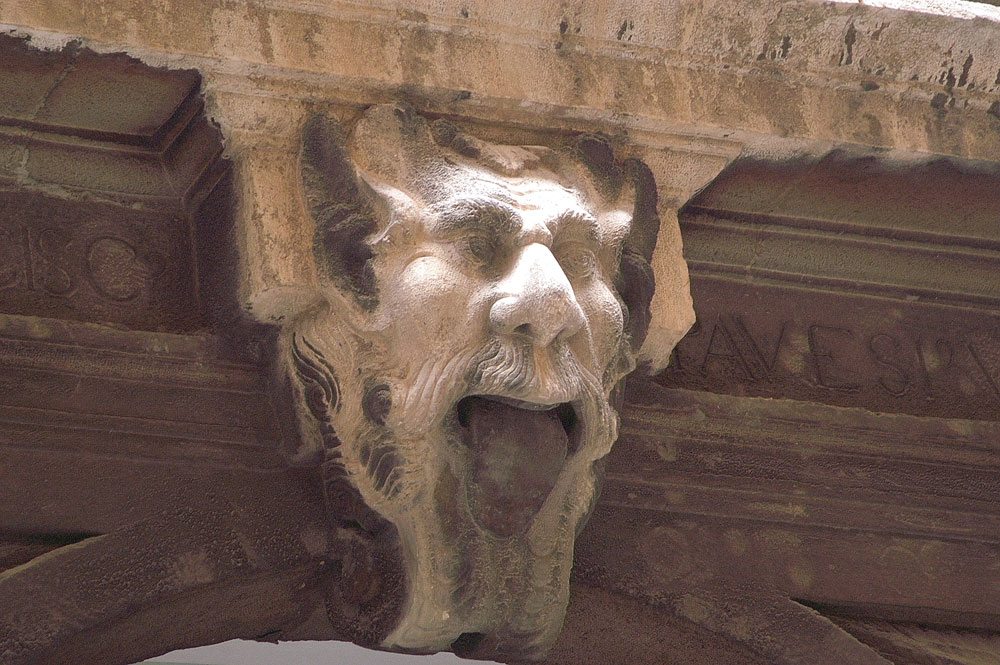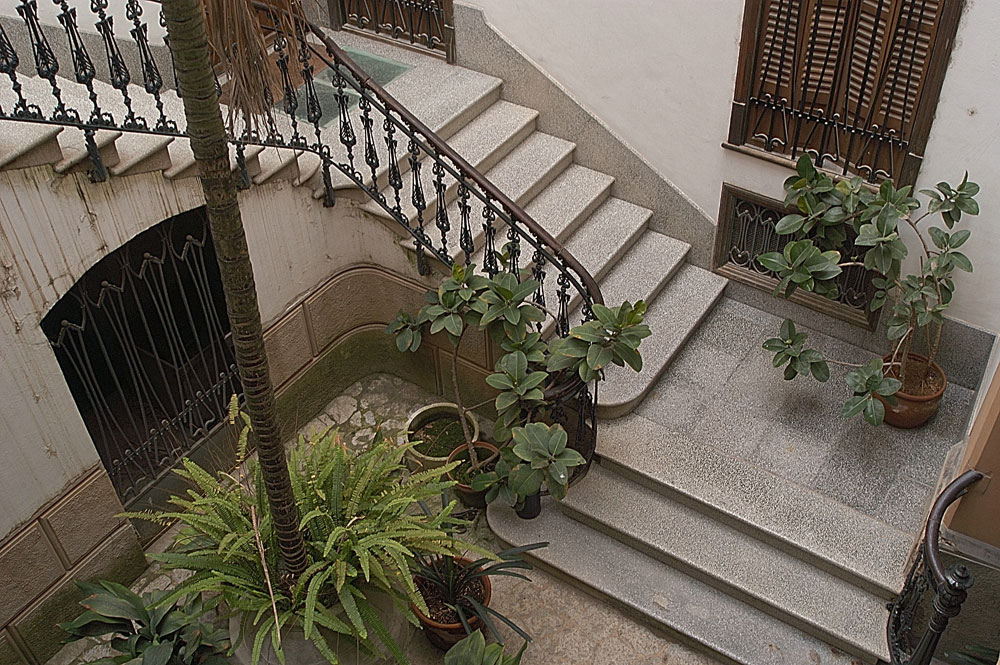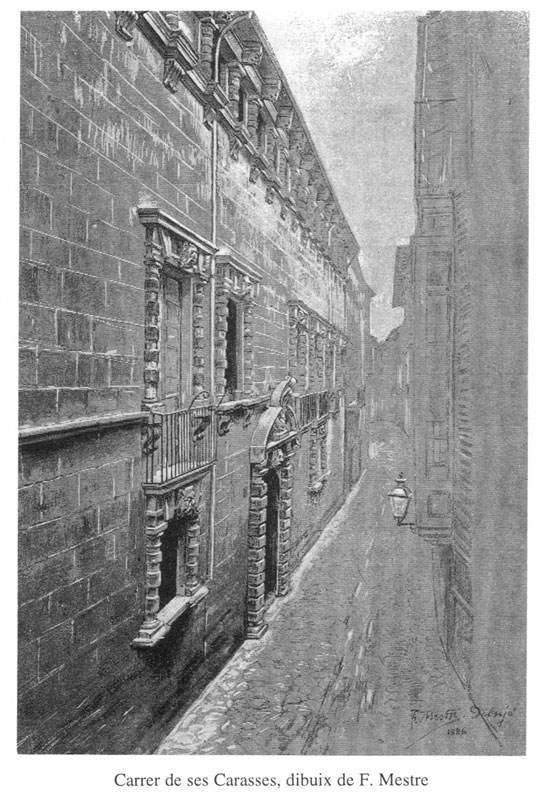Can Belloto (Les Carasses, Can Pavesi) - Tourism
Can Belloto (Les Carasses, Can Pavesi)
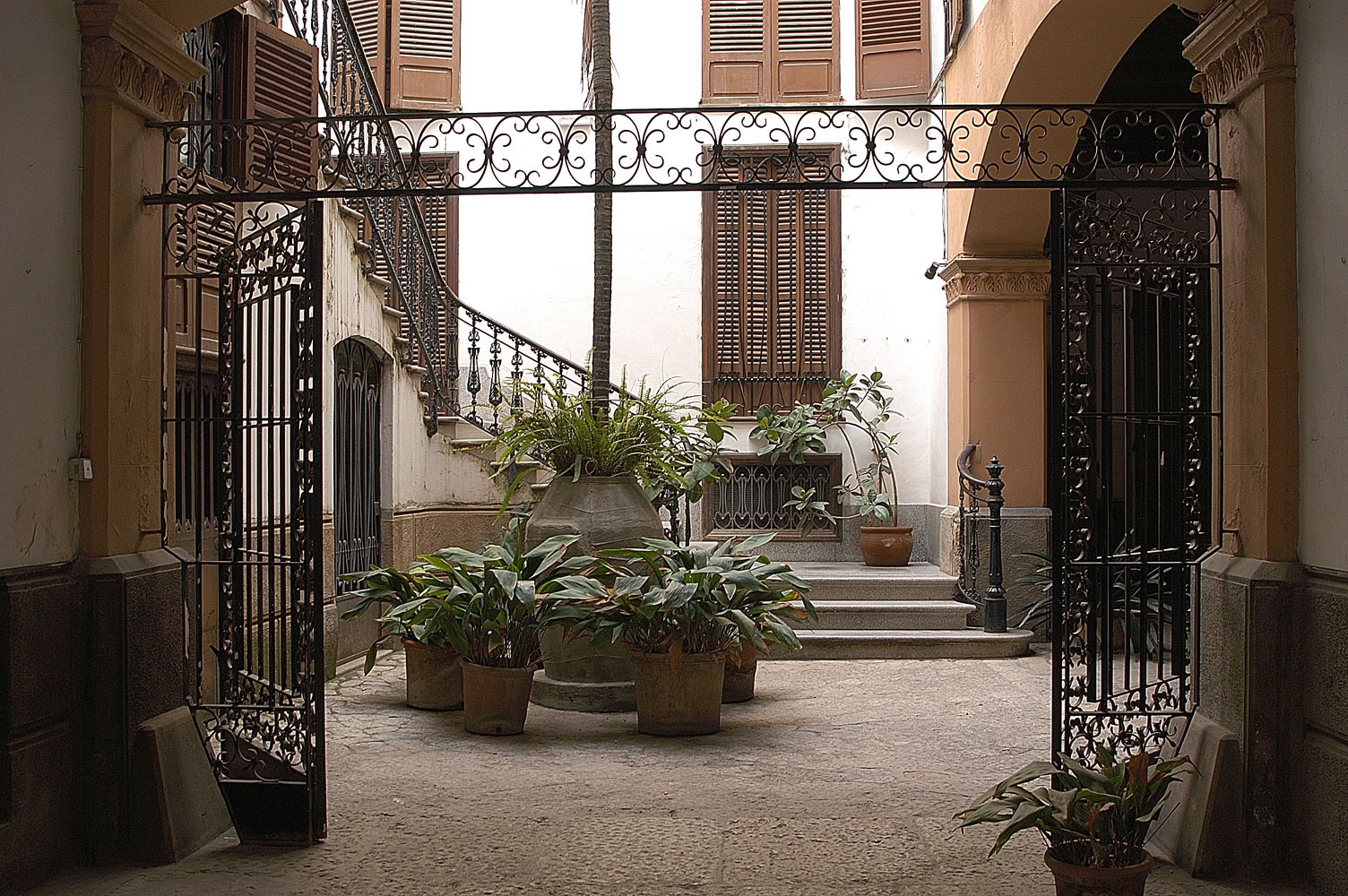
This is a good example of an early Mannerist façade with Italian influence. The frames of doors and windows resemble rusticated pilasters. The popular name of this house was first mentioned in the year 1765. The grotesques seem to be inspired by the adornments of the Zuccaro Palace in Rome, dated 1593.
Beneath the Pavesi coat of arms and above the main grotesque, we can see an inscription that reads "EUNDO". The interpretation of the message as been subject to much controversy and imaginative comments. One interpretation links the epigraphic message to the foreign roots and passion for travelling of the house's owner. A different interpretation makes reference to the unfriendly character of the new house owner and to his disagreements with his neighbours: "para quien pase" ("for he who passes"). It can certainly be considered to be a decoration in line with 17th-century fashion. The courtyard has a staircase to the right, furnished with an iron handrail that dates from the 19th century and a segmental arch beneath the main stair landing.
History
Throughout the whole of the 16th century the house was owned by the Verí family, until it became the property of the merchant Antoni Mas in the year 1584. His son lost a lawsuit in the year 1606 against the man who would become the new owner of the house, the Genovese lawyer Joan Francesc Pavesi. He was the one who fully refurbished the house prior to 1620, the year in which he died. An engraving in the doorway frieze recalls this information: P.P.P. IO FRANCIS' PAVESI' VID I.I.I. (Ioannes Franciscus Pavesius Utrisque Iuris Doctor). Some time later, Domenico Belloto, a merchant who made his fortune trading wheat on behalf of the Grand and General Council, settled down in the house. He was granted military citizenship in 1635 and the title of gentleman in the year 1644. The house was renovated and split up into several residences in the 19th century.
Documents
Date last modified: March 13, 2023


